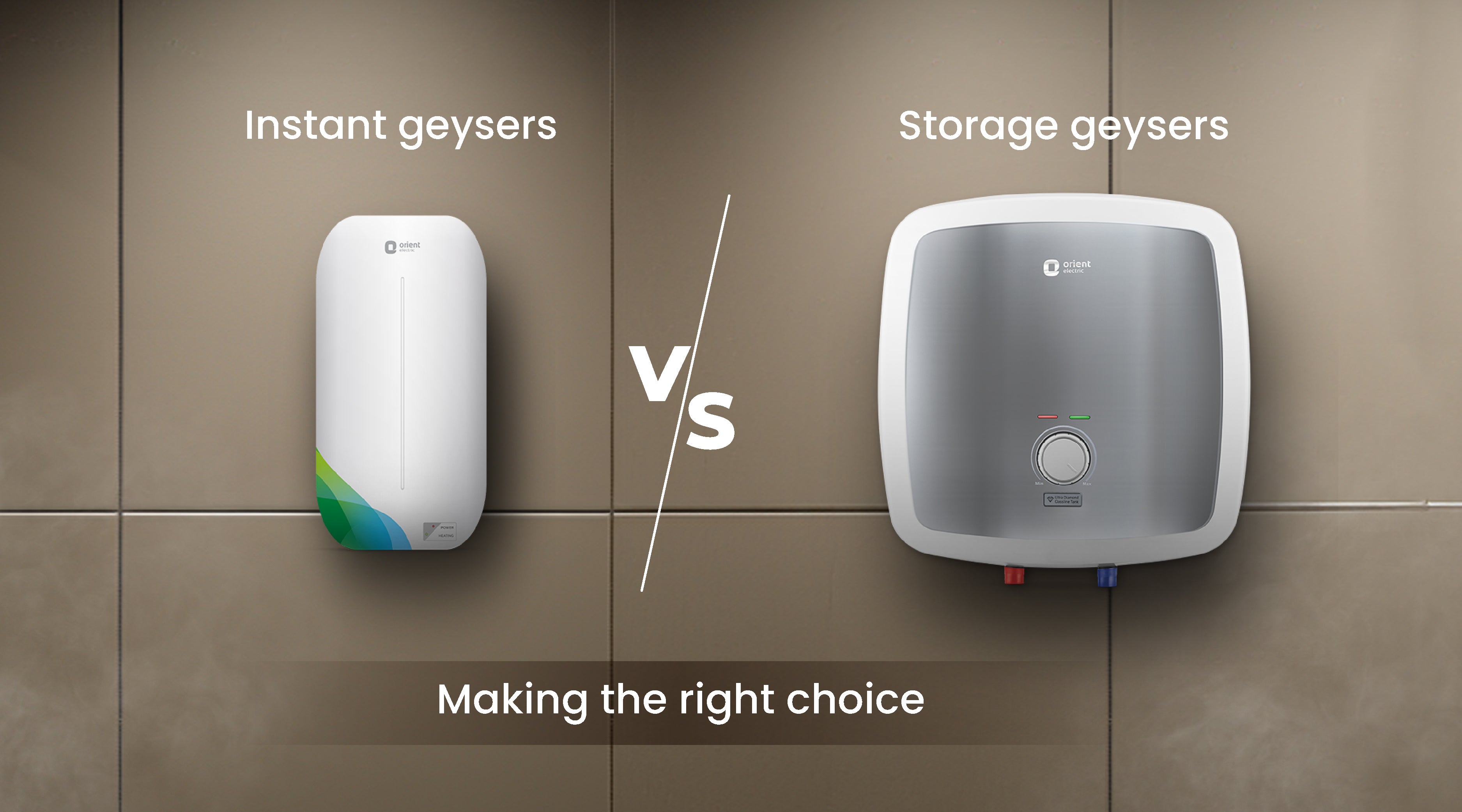Not all geyser sizes may not be suitable for older homes.
Not all geyser sizes may not be suitable for older homes.
Blog Article
How to Choose the Right Geyser to Optimize Energy Performance in your house
From understanding the various types of geysers, to evaluating their power effectiveness scores and considering placement technique, each choice plays a vital function in taking full advantage of efficiency. Allow's embark on this journey to discover exactly how to make the most enlightened selection for a geyser that will minimize your energy bills while ensuring ideal efficiency.

Comprehending the Different Sorts Of Geyser
While there are various kinds of geysers readily available on the market, recognizing the differences in between them is crucial for energy performance (geyser sizes). The first type, storage hot springs, are one of the most typical and shop warm water in a container for usage when required. They are readily available in various abilities and are generally energy-efficient, yet they can shed warm when not being used
The second type is the tankless geyser, which warms water on demand, bring about less energy waste yet requiring a greater first power draw. There are heat pump geysers that utilize electrical power to relocate warm from one location to an additional rather of producing warm straight. They can be two to 3 times a lot more energy efficient than standard storage space hot springs. Solar hot springs use solar energy to heat up the water, making them the most energy-efficient yet additionally the most pricey.
Examining Your Family's Hot Water Requirements
Before diving right into the purchase of a geyser, it is essential to analyze the warm water needs of your home. This analysis needs to consider various factors including the number of house members, regularity of warm water use, and the variety of warm water electrical outlets in the home (geyser sizes). A small household with infrequent hot water use could need a smaller, much less effective geyser compared to a bigger household with multiple everyday warm water needs
The type of devices that require warm water also play a considerable function. Dish washers and washing makers, as an example, might need even more warm water than an easy shower or kitchen area sink. Moreover, particular tasks such as showering or cleaning additionally influence the regularity and quantity of hot water required.
Assessing Energy Performance Scores of Geyser
Having assessed the warm water requirements of your family, it is very important to transform your focus to the energy efficiency scores of geysers. These scores, generally given as Energy Variable (EF), indicate a hot spring's general power performance based on the amount of warm water generated per device of fuel consumed over a normal day. The greater the EF, the much more reliable the water heating unit.

Considerations in Geyser Dimension and Placement
Beyond power performance rankings, the size and positioning of your geyser are critical components to consider. The size of the Get More Information geyser need to straighten with your household's hot water demands. A small geyser might use less power but might not offer sufficient warm water for multiple uses at the same time, whereas a larger unit can fulfill higher demand but might take in more power.
Positioning also influences power efficiency. Hot springs should be set up near to points of use to lessen warm loss during water transportation. A centrally situated geyser can service multiple locations successfully. Furthermore, considering thermal insulation, a geyser situated in a warmer area sheds explanation much less warm and consequently makes use of much less power to preserve the water temperature.
Price Evaluation: Stabilizing First Financial Investment and Long-Term Financial Savings
While size and positioning certainly play considerable roles in a geyser's power effectiveness, one must not neglect the economic aspect. When taking into consideration the initial investment, the price of energy-efficient hot springs can be higher than typical models. Nonetheless, the increased upfront cost can be offset by long-term energy cost savings, making it a rewarding financial investment over time.
Examining long-lasting cost savings needs an understanding of the geyser's power ranking. An appliance with a higher score will eat much less power, equating to lower utility bills with time. Federal government rewards and refunds for energy-efficient devices can also assist recover preliminary costs.
Lastly, upkeep and life-span must be factored in. Energy-efficient hot springs typically have longer lifespans and lower maintenance costs, contributing to overall savings. When stabilizing preliminary financial investment and long-lasting savings, one need to take into consideration not just the purchase price yet additionally energy consumption, federal government motivations, and maintenance expenses.

Conclusion
These include comprehending the kinds of hot springs, assessing your house's warm water requirements, assessing energy efficiency scores, and determining content cost advantages. The appropriate geyser size, positioning, and insulation can significantly decrease power bills and ecological impact.
Report this page